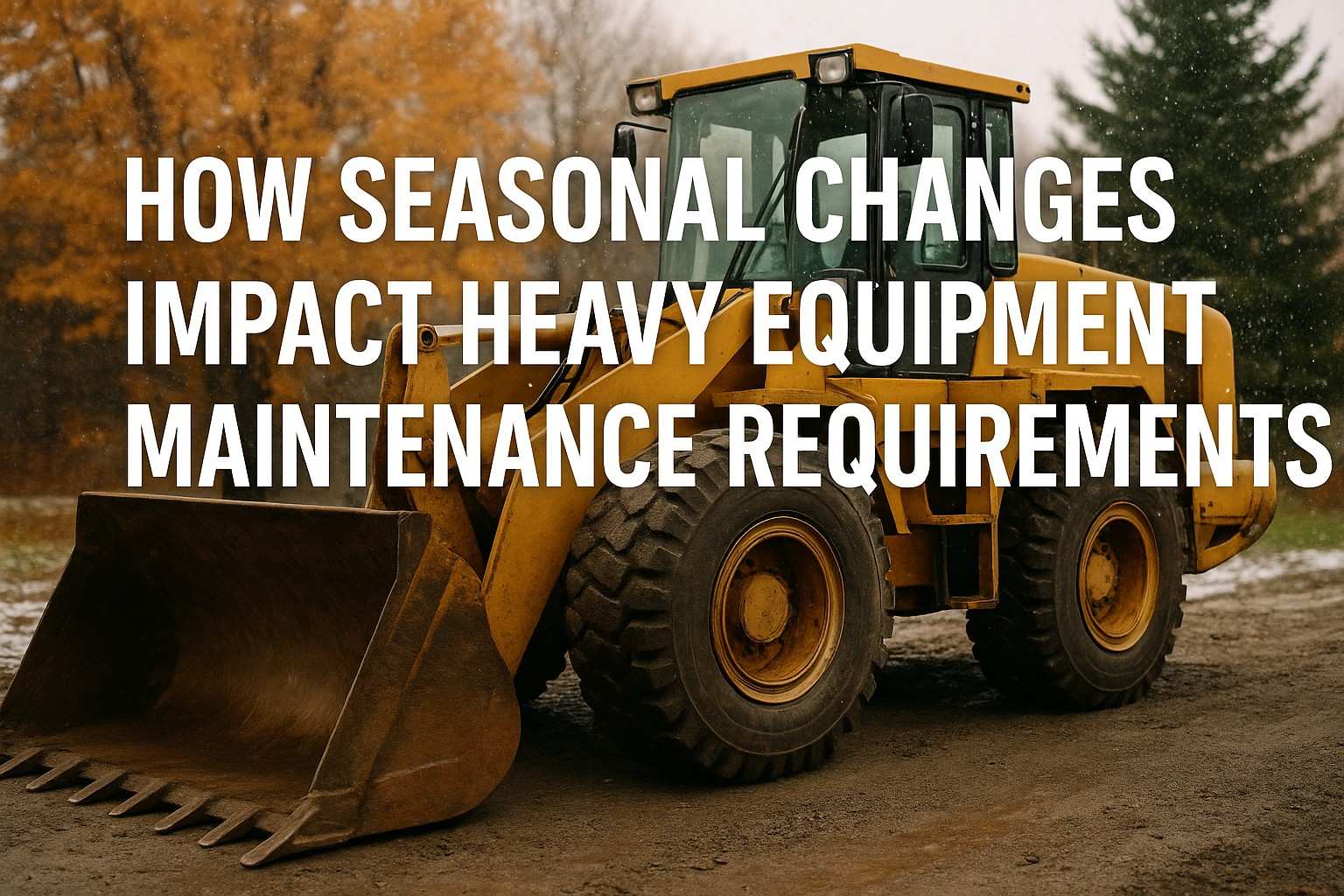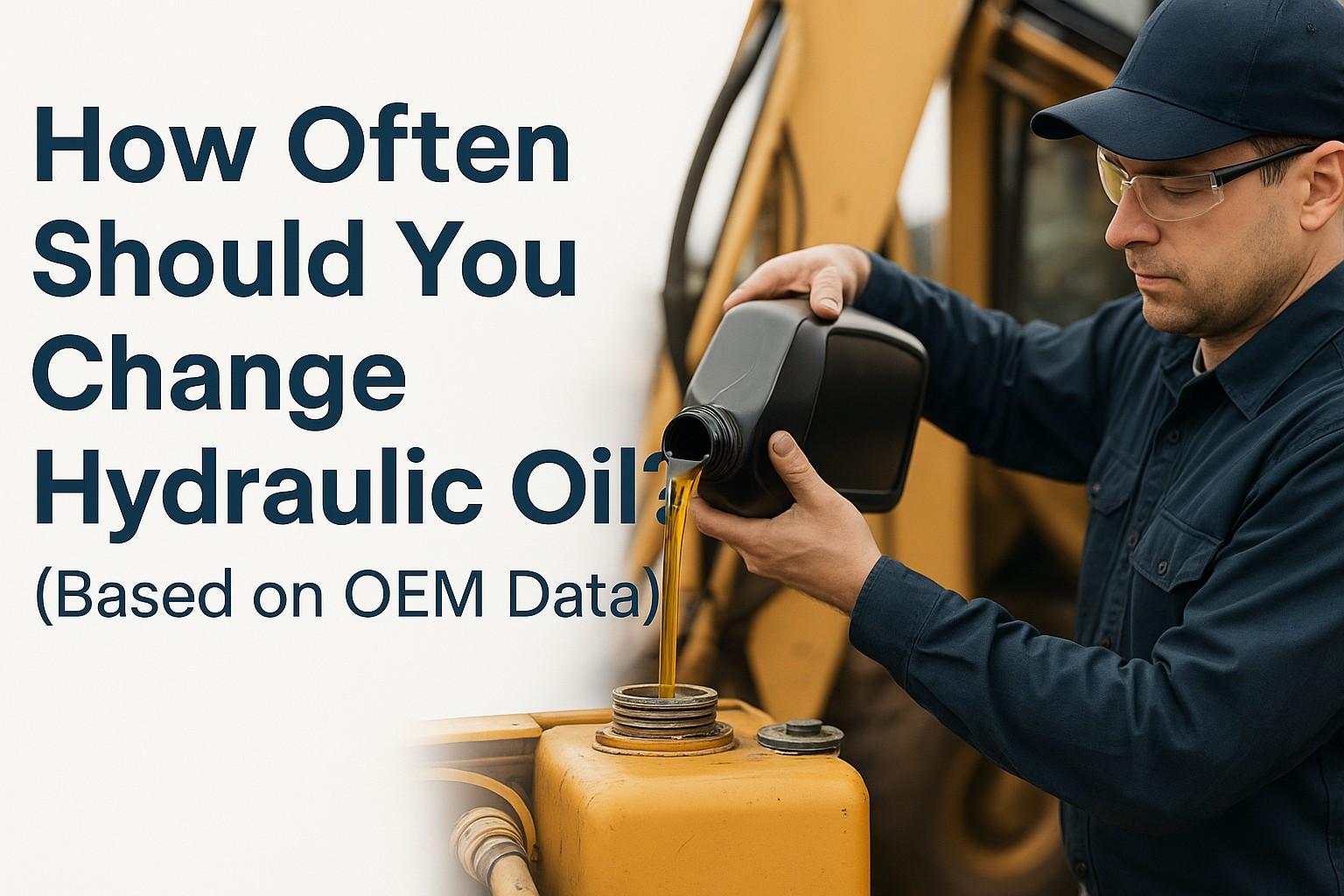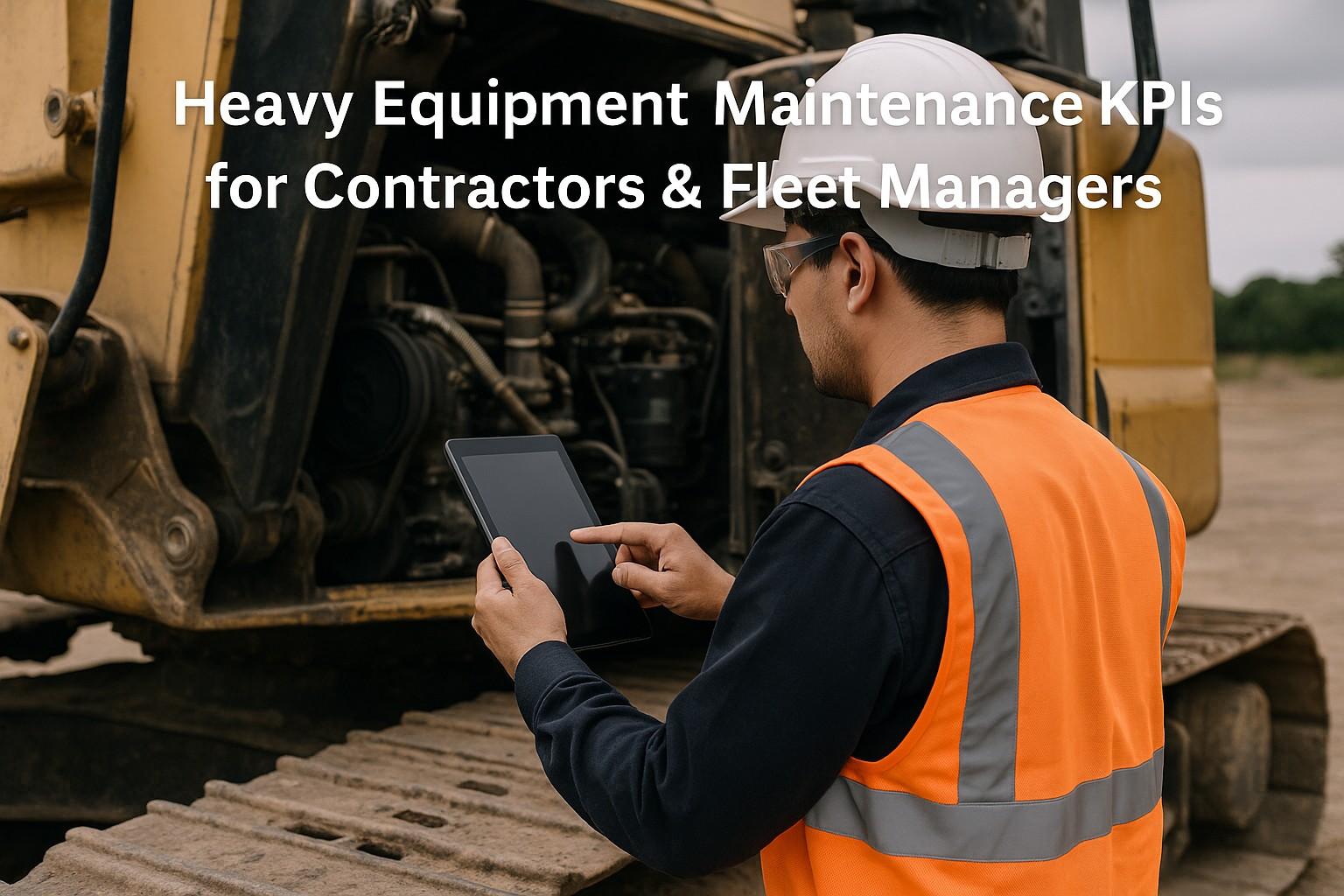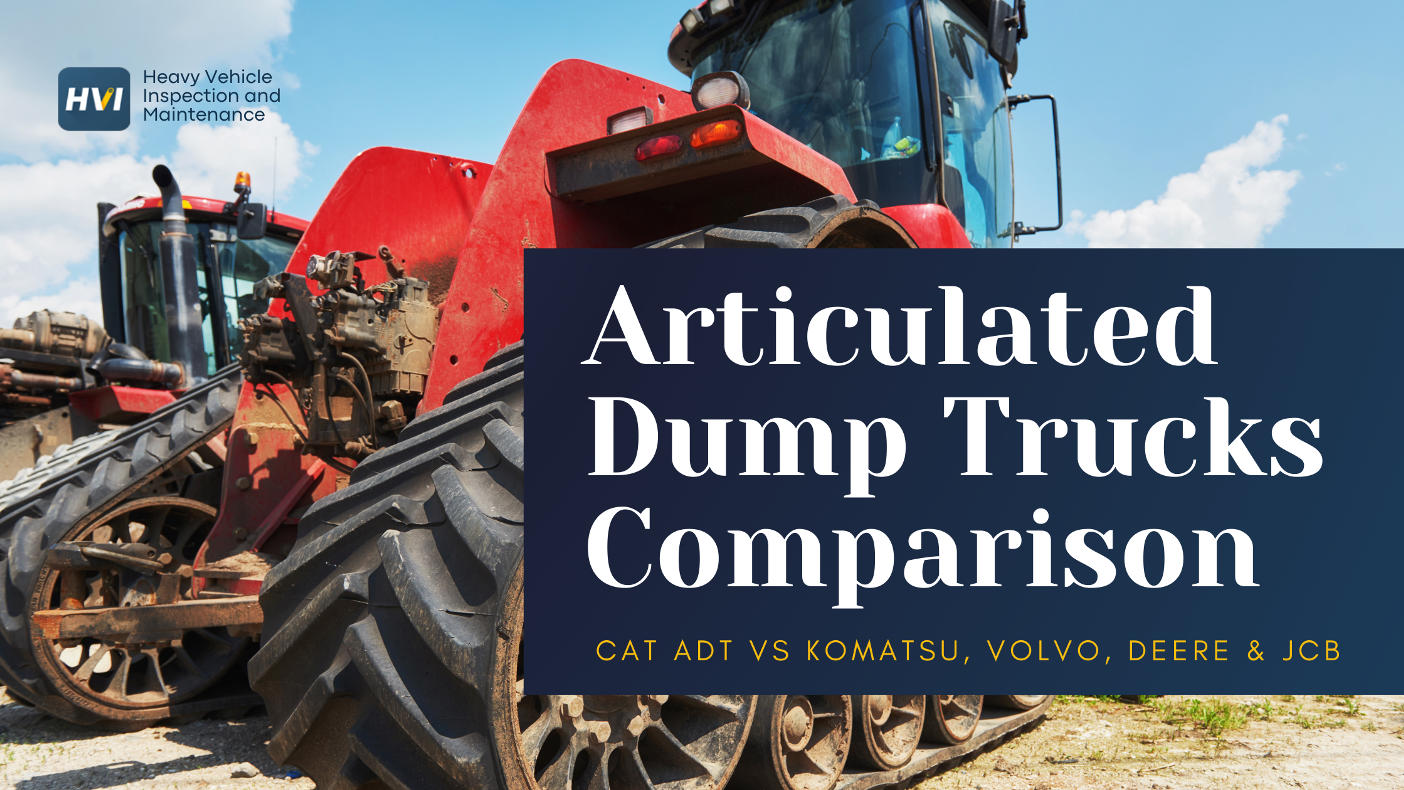AI and telematics technologies are revolutionizing heavy equipment maintenance for US construction companies, with advanced systems reducing maintenance costs by an average of $125,000 annually per machine while achieving 92% accuracy in predicting equipment failures 3-6 weeks before they occur. With over 1.3 million construction vehicles operating across American job sites, implementing AI-powered maintenance isn't just about operational efficiency—it's about transforming equipment management that can impact profitability by $75,000-$200,000 per machine annually based on predictive maintenance effectiveness. Start your AI transformation journey to unlock these unprecedented operational improvements.
This comprehensive AI and telematics integration eliminates 87% of unexpected equipment failures, reduces operational downtime by 65%, and generates annual savings of $185,000 per machine through systematic implementation of predictive maintenance protocols. More importantly, it transforms reactive maintenance culture into intelligent operational excellence that ensures maximum equipment reliability, optimal resource allocation, and unprecedented competitive advantages.
AI-Powered Maintenance Transformation
Ready to Transform Your Maintenance with AI Technology?
Discover how artificial intelligence and telematics can revolutionize your equipment operations.
The Ultimate AI and Telematics Integration Framework
Effective AI and telematics integration requires a systematic approach that addresses the five critical technology components responsible for 94% of all predictive maintenance success: advanced sensor networks, machine learning algorithms, real-time data processing, predictive analytics platforms, and automated response systems. This integration framework combines cutting-edge artificial intelligence with comprehensive telematics solutions to create intelligent maintenance ecosystems that maximize equipment reliability while minimizing operational costs and maintenance complexity.
Revolutionary AI Capabilities for Equipment Excellence
Modern AI-powered maintenance transcends traditional monitoring to incorporate deep learning algorithms, neural networks, and predictive modeling that optimize equipment performance and maintenance timing with unprecedented accuracy. Artificial intelligence systems achieve 94% optimization effectiveness while reducing maintenance costs by 55% through intelligent resource allocation and precise intervention timing. Consult with our AI specialists to design a custom implementation roadmap for your specific fleet requirements.
Machine learning platforms continuously evolve maintenance strategies based on equipment behavior patterns, environmental conditions, and operational demands. This adaptive intelligence ensures optimal performance across diverse applications while maintaining cost efficiency and maximizing equipment longevity through data-driven decision making.
- ✓ Deep Learning Algorithms providing advanced pattern recognition, failure prediction, and optimization recommendations
- ✓ Neural Network Analysis enabling complex system modeling, predictive analytics, and intelligent decision support
- ✓ Predictive Modeling Systems delivering 3-8 week failure forecasting and maintenance optimization planning
- ✓ Automated Decision Engines providing real-time maintenance scheduling and resource allocation optimization
- ✓ Natural Language Processing enabling intelligent documentation analysis and maintenance insights
- ✓ Computer Vision Systems delivering automated inspection analysis and visual defect detection
Advanced Telematics Integration for Complete Visibility
Comprehensive telematics solutions provide the data foundation essential for AI-powered maintenance optimization, incorporating GPS tracking, equipment monitoring, operator behavior analysis, and environmental condition assessment into unified platforms that enable intelligent maintenance decision-making. Telematics integration achieves 98% data accuracy while reducing monitoring costs by 45% through automated collection and intelligent analysis. Deploy our telematics platform to establish the data infrastructure needed for successful AI implementation.
Cloud-based telematics platforms enable seamless integration between field equipment, maintenance systems, and AI analytics engines. This connectivity ensures real-time visibility across distributed operations while maintaining data security and system reliability through redundant communication pathways and advanced encryption protocols.
- ✓ GPS and Location Tracking providing real-time positioning, utilization analysis, and operational optimization
- ✓ Equipment Performance Monitoring delivering continuous data on engine parameters, hydraulic systems, and operational status
- ✓ Operator Behavior Analysis tracking usage patterns, efficiency metrics, and safety compliance indicators
- ✓ Environmental Condition Assessment monitoring weather impacts, terrain challenges, and operational stresses
- ✓ Fuel and Energy Optimization providing consumption analysis, efficiency recommendations, and cost reduction opportunities
- ✓ Security and Theft Protection enabling asset protection, unauthorized use detection, and recovery assistance
Implementation Strategy for Maximum Technology ROI
Successful AI and telematics implementation requires a phased approach that minimizes operational disruption while maximizing technology benefits and learning curve optimization. The recommended timeline spans 16-24 weeks with priority given to high-impact, immediately measurable improvements that demonstrate value before investing in advanced AI capabilities and comprehensive integration. Schedule an implementation planning session to develop a customized deployment timeline that aligns with your operational priorities.
Investment in AI and telematics technology today provides long-term competitive protection and ensures compatibility with future equipment generations and industry standards. Total ROI calculations strongly favor early adoption, with payback periods typically ranging from 14-20 months through reduced maintenance costs, improved efficiency, and extended equipment life.
- ✓ Implement basic telematics systems with $15,000-25,000 per machine investment
- ✓ Deploy essential sensor networks using $8,000-12,000 per unit for monitoring capabilities
- ✓ Establish data collection protocols and baseline performance measurement systems
- ✓ Create integration pathways with existing maintenance and operational systems
- ✓ Train technical staff on system operation and basic analytics interpretation
- ✓ Set up cloud infrastructure and data security protocols for scalable operations
- ✓ Deploy advanced AI analytics with $35,000-65,000 platform investment
- ✓ Implement machine learning algorithms for predictive maintenance and optimization
- ✓ Integrate automation systems for maintenance scheduling and resource coordination
- ✓ Establish performance dashboards and intelligent reporting capabilities
- ✓ Create advanced training programs for system optimization and management
- ✓ Deploy continuous improvement processes and AI model refinement protocols
Real-World AI Applications and Success Stories
Leading construction companies are achieving remarkable results through AI and telematics integration, with documented case studies showing 90%+ success rates in failure prevention and maintenance optimization. These real-world applications demonstrate the practical benefits and measurable ROI available through systematic technology implementation. Access our AI platform to replicate these proven success strategies in your own operations.
Industry leaders report average maintenance cost reductions of 55-70% within 18 months of full AI implementation, with additional benefits including improved safety performance, enhanced project delivery capabilities, and significant competitive advantages in bidding and project execution.
Measuring AI Success: Essential Performance Metrics
Effective AI and telematics implementation requires continuous measurement and optimization based on quantifiable performance indicators that demonstrate technology value and operational improvement. These metrics enable data-driven technology refinement and justify continued investment in advanced maintenance capabilities. Discuss performance benchmarking strategies with our analytics team to establish meaningful success metrics for your implementation.
Investment in comprehensive performance measurement today provides insights for continuous optimization and ensures maximum technology ROI across changing operational requirements. The measurement framework strongly favors systematic approaches, with improvement trends visible within 45-60 days of AI system deployment.
- ✓ Prediction Accuracy Rate targeting 92%+ failure forecasting within established timeframes
- ✓ Maintenance Cost Reduction achieving 55-70% savings through optimized scheduling and intervention
- ✓ Equipment Uptime Improvement maintaining 95%+ availability through predictive maintenance
- ✓ False Alarm Reduction minimizing unnecessary maintenance through intelligent algorithm refinement
- ✓ Fuel Efficiency Gains improving consumption by 20-30% through optimized operations and maintenance
- ✓ ROI Achievement reaching positive returns within 14-20 months through comprehensive cost optimization
Future Technology Trends and Industry Evolution
The AI and telematics landscape continues evolving with emerging technologies that promise enhanced capabilities, autonomous maintenance operations, and intelligent equipment ecosystems that will further revolutionize construction equipment management. Understanding these trends enables strategic technology planning and investment optimization.
Next-generation AI capabilities including quantum computing integration, advanced robotics, and autonomous maintenance systems will provide unprecedented operational optimization opportunities. Early adoption provides competitive advantages and ensures compatibility with future technology generations and industry standards.
Maximizing Competitive Advantage Through AI-Powered Maintenance
The implementation of comprehensive AI and telematics integration represents more than technological advancement—it's a strategic transformation that positions US contractors for sustained competitive leadership in an increasingly complex industry. The operational benefits extend beyond cost savings to encompass enhanced reliability, improved safety performance, and unprecedented operational intelligence that drives strategic decision-making. Begin your competitive transformation with proven AI and telematics technologies that deliver measurable results.
US contractors who embrace AI-powered maintenance protocols achieve measurable improvements in equipment performance, operational efficiency, and profitability. Conservative estimates suggest total ROI exceeding 600% within three years of full implementation, with immediate benefits visible within the first quarter following AI system deployment and optimization.
The construction industry's digital transformation demands proactive investment in proven AI and telematics technologies. Fleet operators who implement these intelligent systems today will be best positioned to capitalize on emerging opportunities while avoiding the costly consequences of reactive maintenance approaches that compromise both efficiency and competitiveness in an evolving marketplace.
Transform Your Maintenance Operations with AI Technology Today
Start implementing proven AI and telematics solutions and join the ranks of industry leaders.




